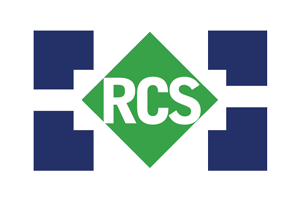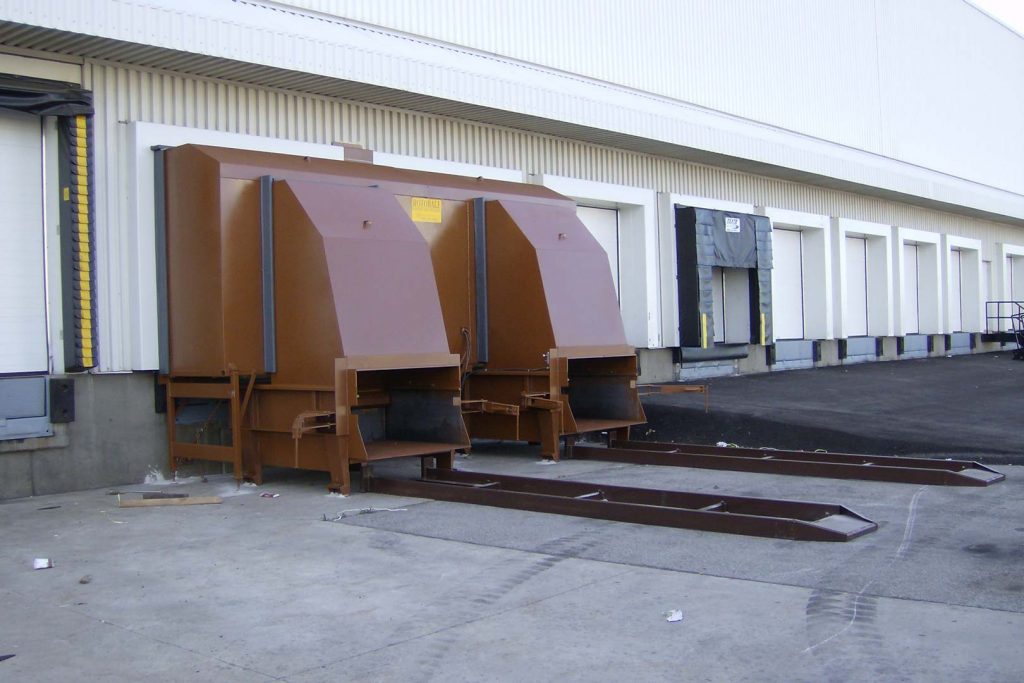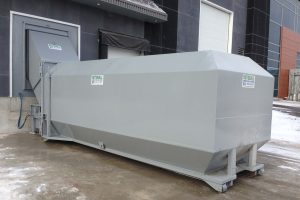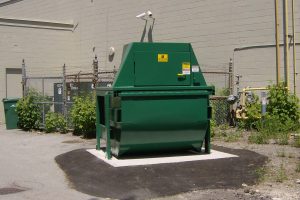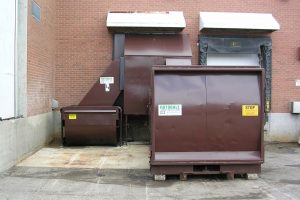The cardboard waste produced from the grocery industry is enormous. Recycling cardboard is an attractive option for grocery store owners as they often receive rebates from the company that hauls their cardboard away, depending on the amount of cardboard to be recycled. Cardboard bales made using a baler receive the highest rebates. Therefore, cardboard recycling is a hot commodity that all in the grocery industry should consider – especially with the current high-paying rates for cardboard. Along with the environmental benefits of recycling, rebates are encouraging more grocery stores to recycle cardboard.
The cardboard waste recycling process in the grocery industry requires a distinct method of recycling since cardboard waste is often mixed with wet waste from spoiled food. Fortunately, innovations in cardboard and wet waste recycling have resulted in the development of specialized equipment involving compaction, which efficiently manages all waste streams. Cardboard compaction makes the cardboard bulk much smaller by making it more compact.
The compacted cardboard takes up less space so more cardboard can be stored in any bin. This method of cardboard recycling reduces the costs of storage and pick-up for hauling the waste away. There are several different types of compaction equipment available on the market today ideal for cardboard recycling in the grocery industry.
Below is a list of compaction equipment specifically designed to manage grocery waste that includes cardboard:
Vertical Balers: These balers are designed to accommodate various recyclable materials including cardboard and paper. Vertical Balers efficiently maximize space and offers a waste recycling advantage as it is an efficient way to send cardboard for recycling.
Vertical Compactors: This type of equipment is designed to contain wet or dry waste materials. Basically, it is a compactor that is installed above an open top container. When a grocery store uses vertical compactors, they will not have the need for unattractive overflowing garbage containers. These compactors reduce unauthorized use and theft. As well, you will be able to pack much more waste and spend less because the waste needs to be hauled away less frequently.
Self-Contained Compactors: These compactors are designed to get rid of waste and liquid spillage, as well as bad odors by making use of a liquid tight seal. This makes them the ideal solution for liquid content waste, which is often found in grocery applications.
Stationary Compactors: These compactors are ideal for dry waste and recyclable materials such as cardboard. Stationary compaction equipment is designed for use with roll-off containers that detach from the compaction unit. They are high-performance compactors allowing you to pack more and spend less.
Pre-Crusher: The Pre-Crusher is designed to effectively cut the volume of waste to a fraction of its size before it is compacted into a container. The crushed material is then forced into the receiving container. This results in fewer trips to the landfill or recycling facility.
Grocery cardboard and food waste is often a combination of wet and dry waste as well as recyclable materials. Compaction can reduce the volume of this bulk waste at a ratio of 5:1. Using effective and cost-effective compaction equipment for waste and recycling processes helps a grocery business pack more, minimize space taken up in landfills, send cardboard for recycling into other products, and spend less on waste removal. The benefits of cardboard compaction make this method of cardboard recycling a smart business investment.
